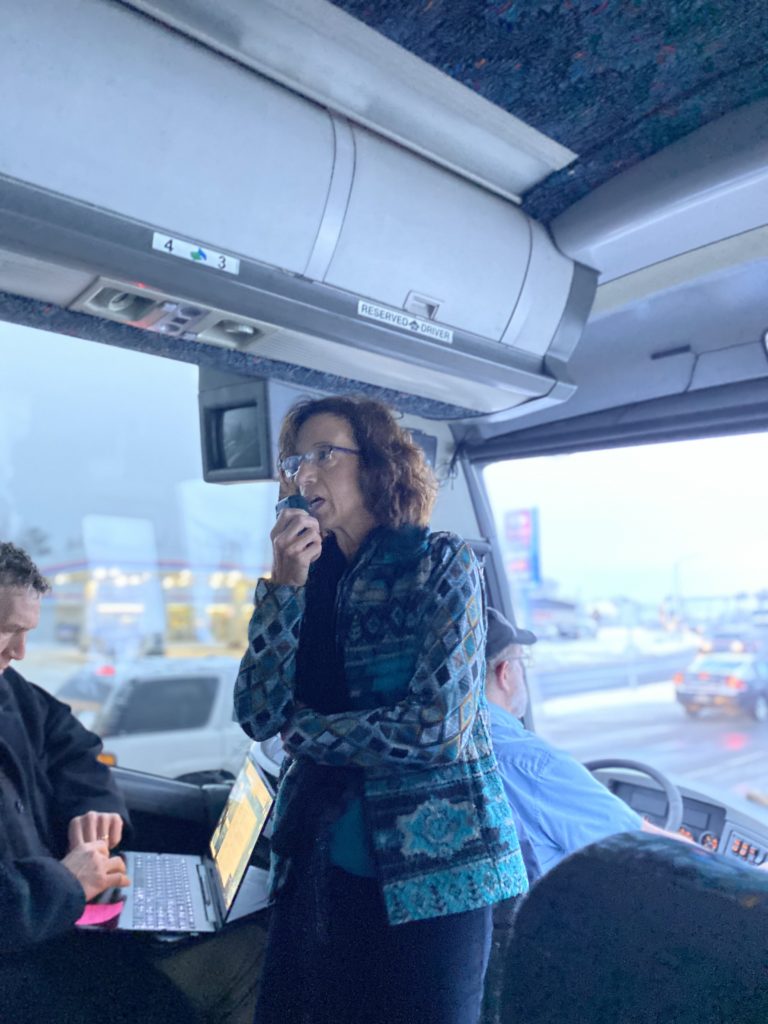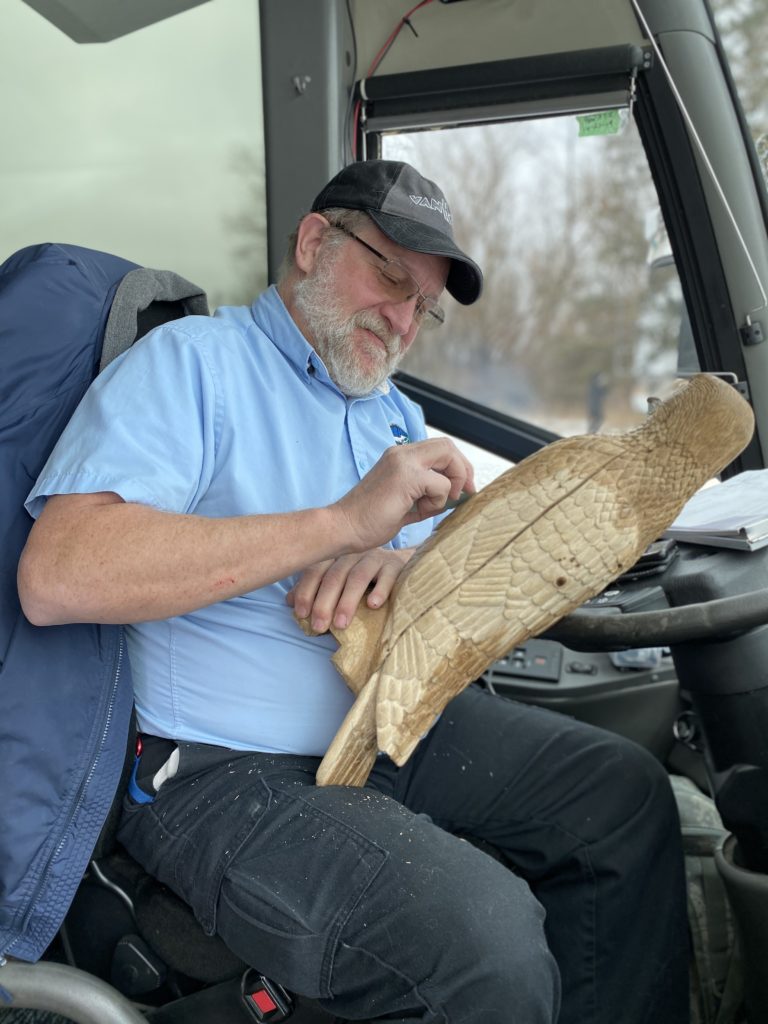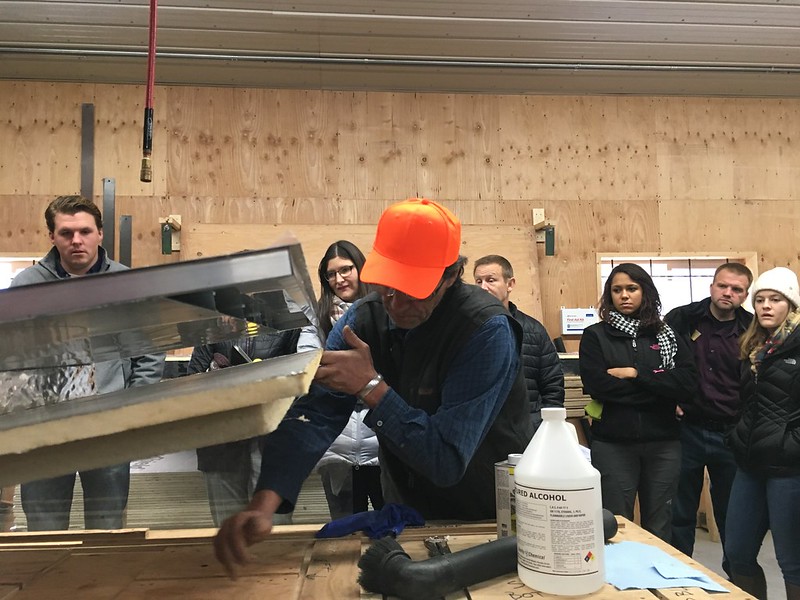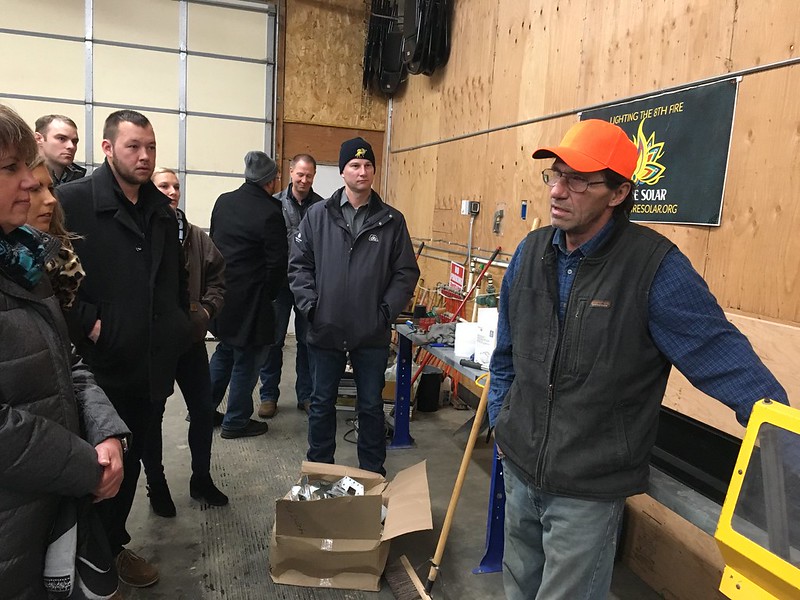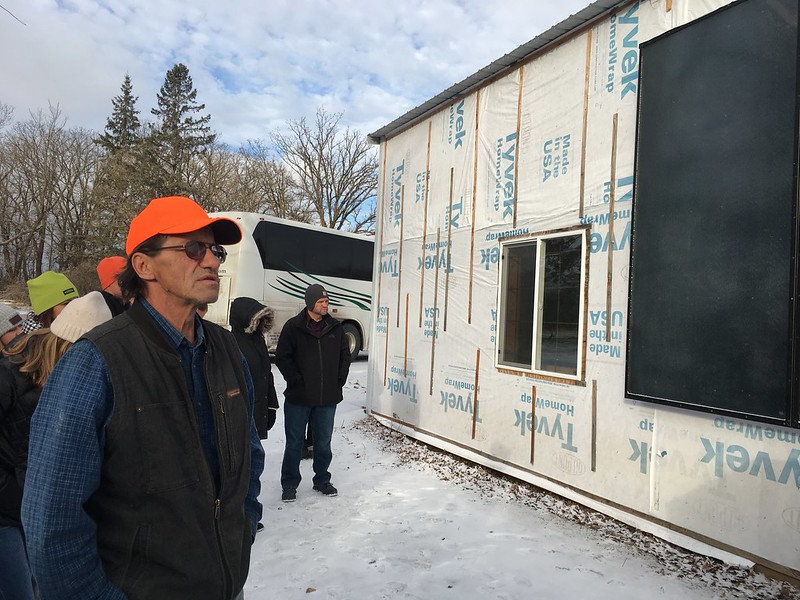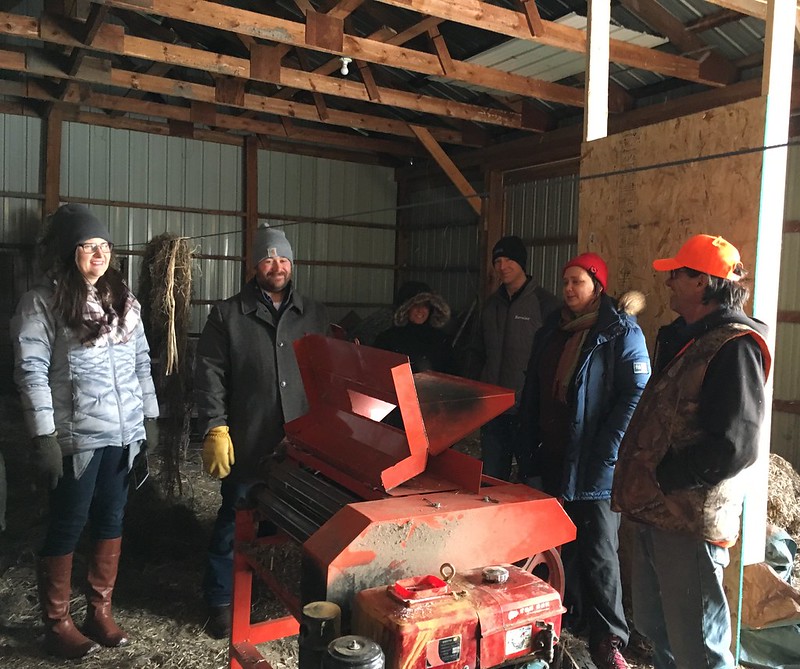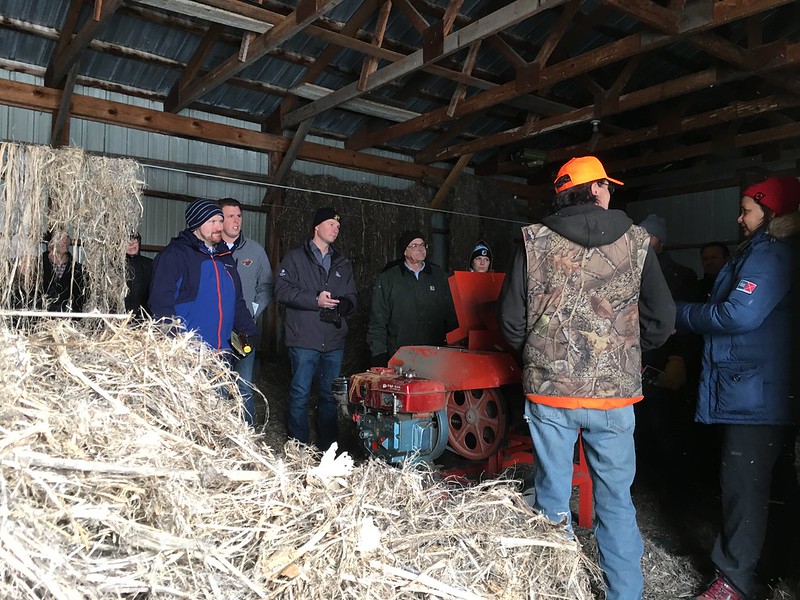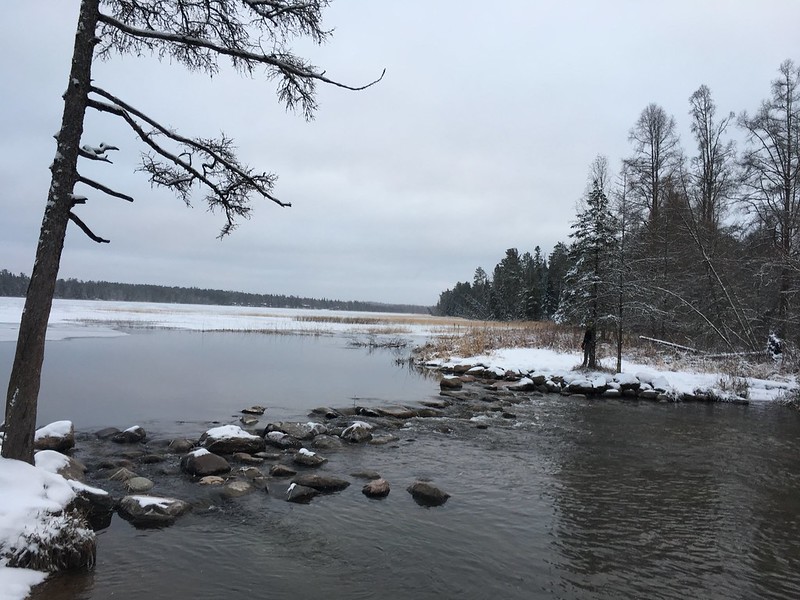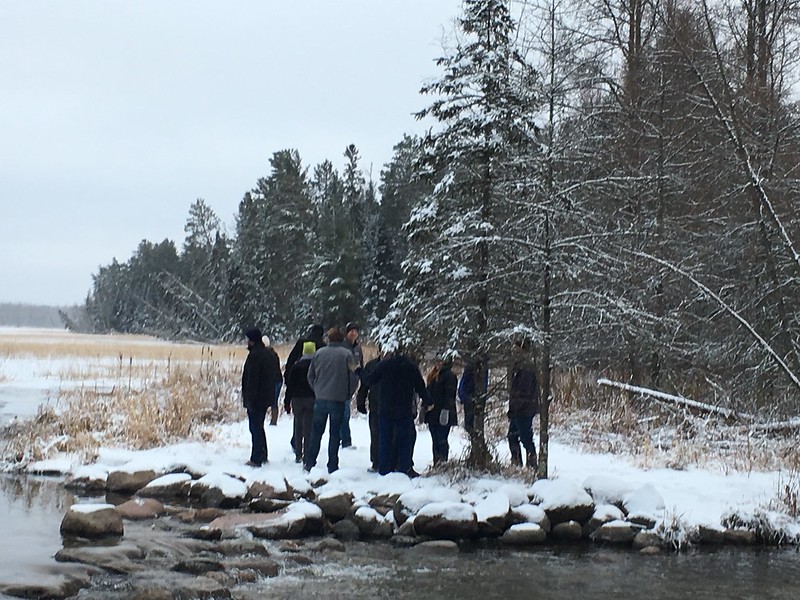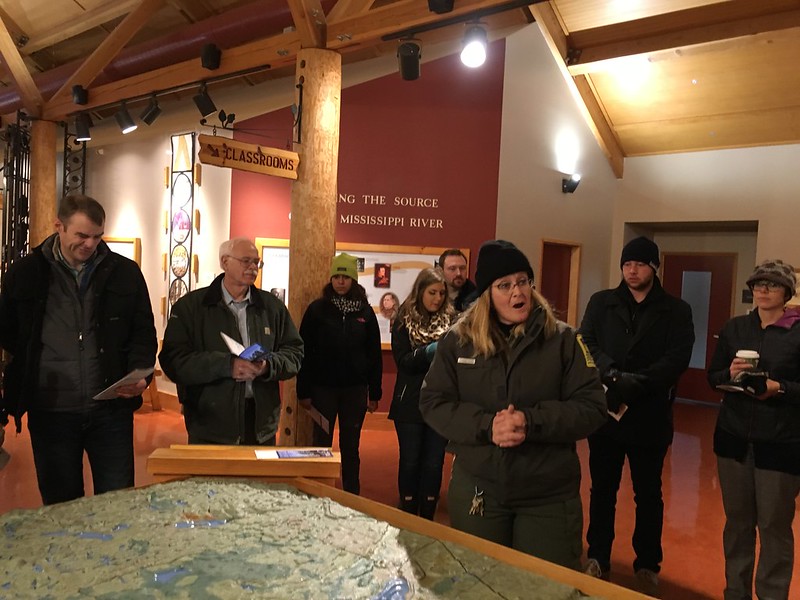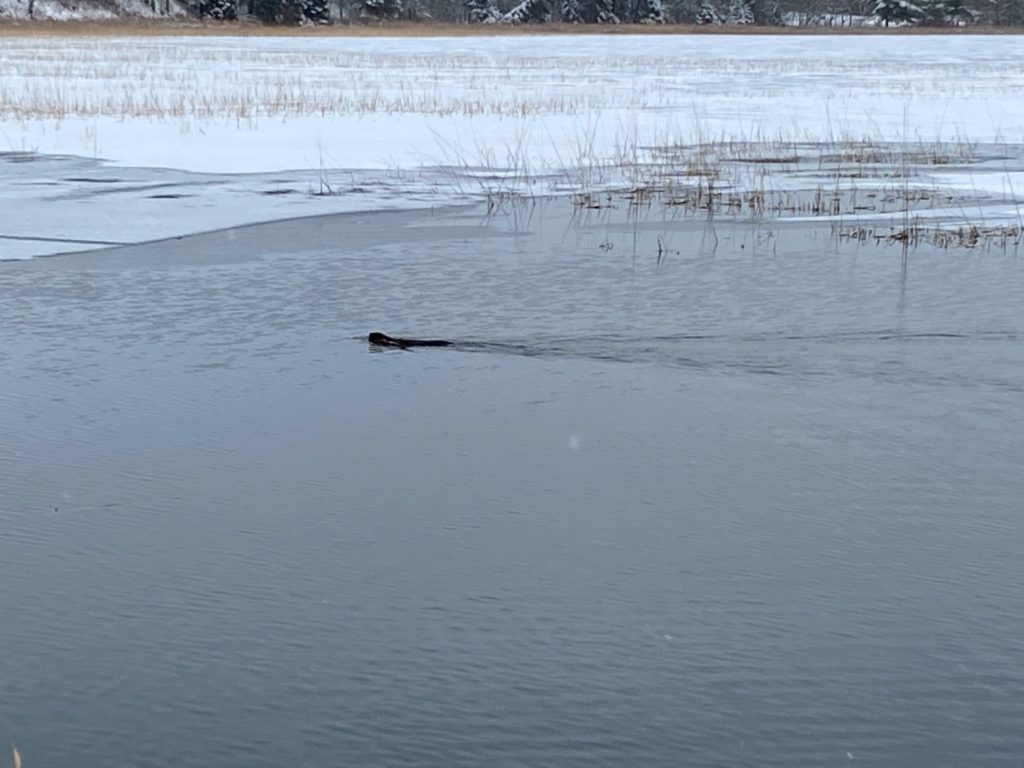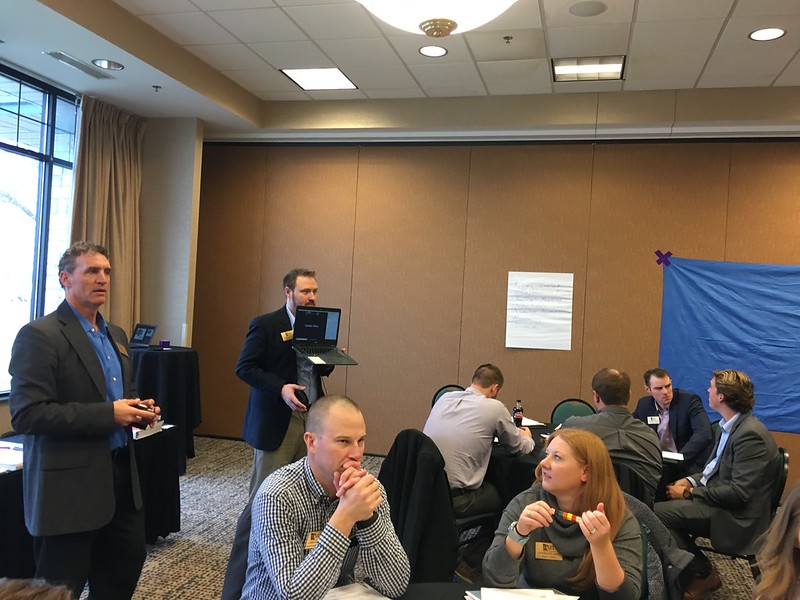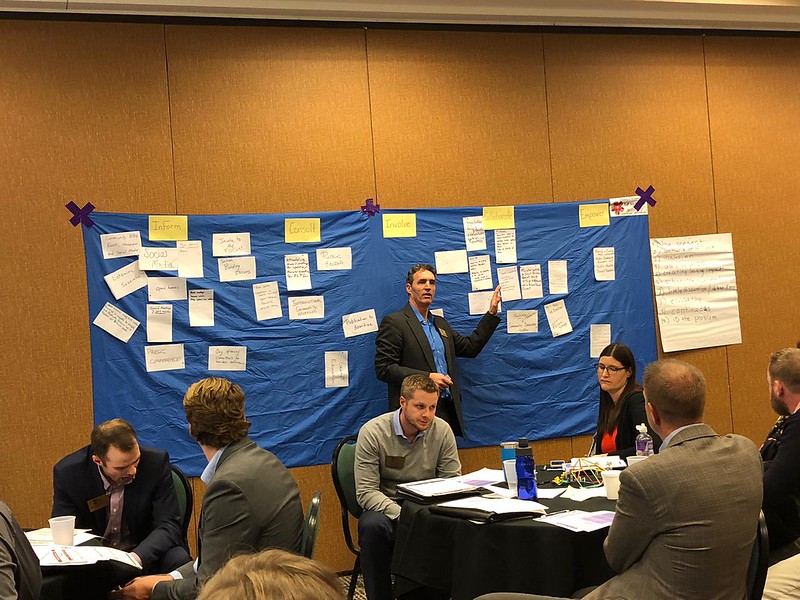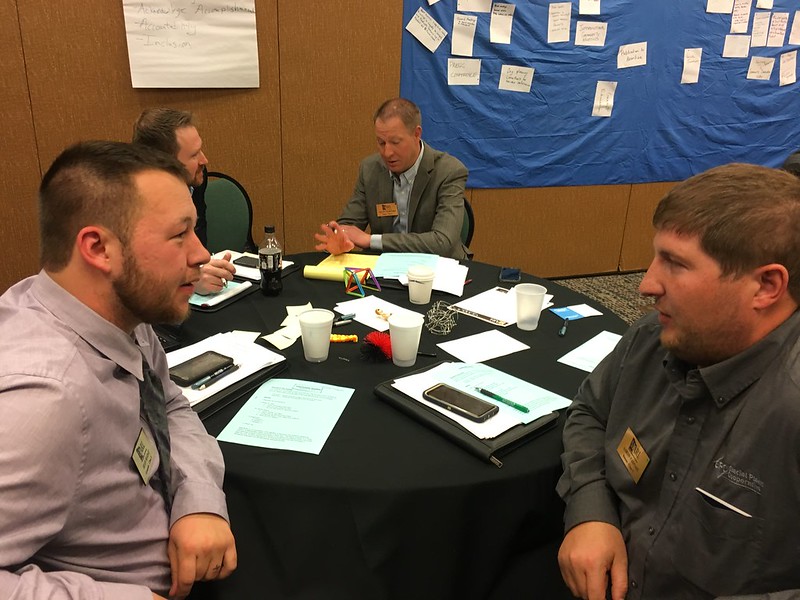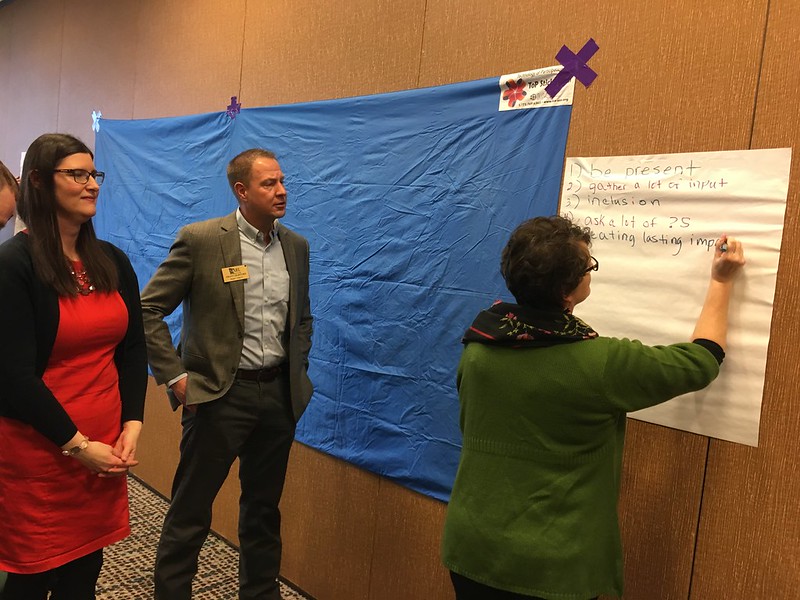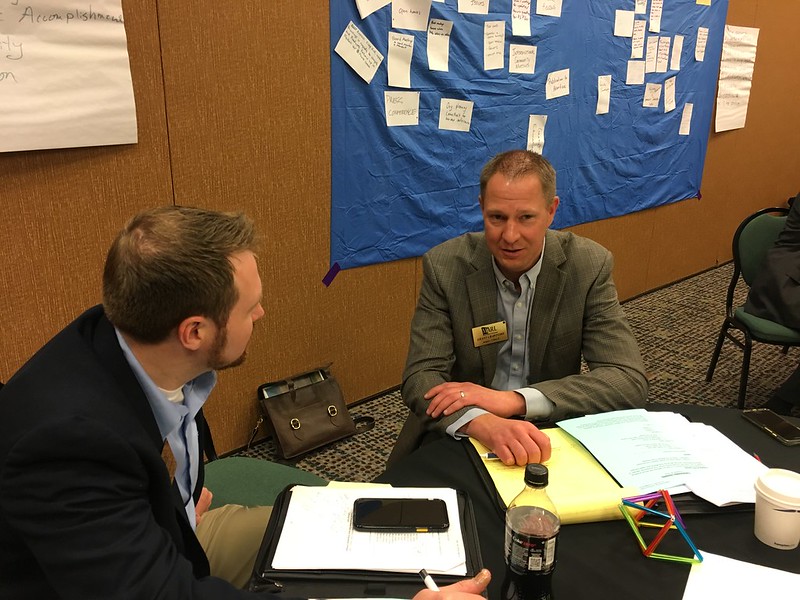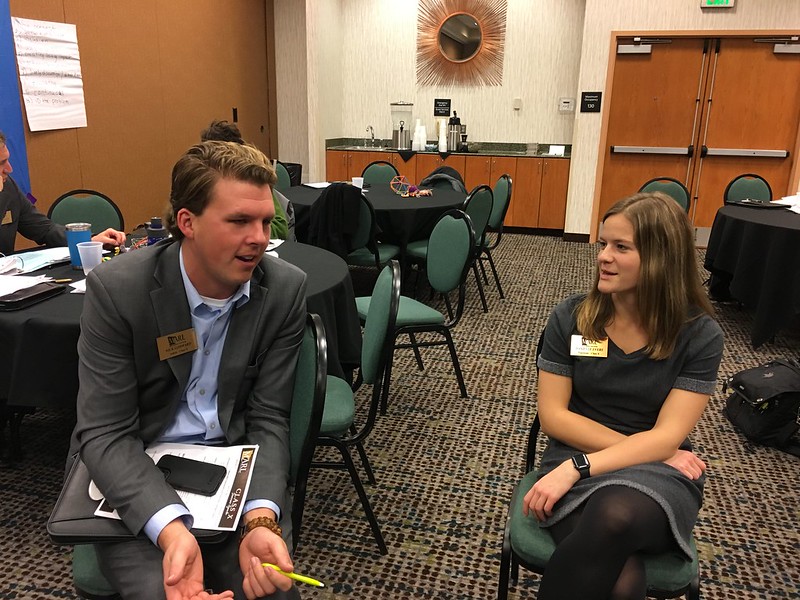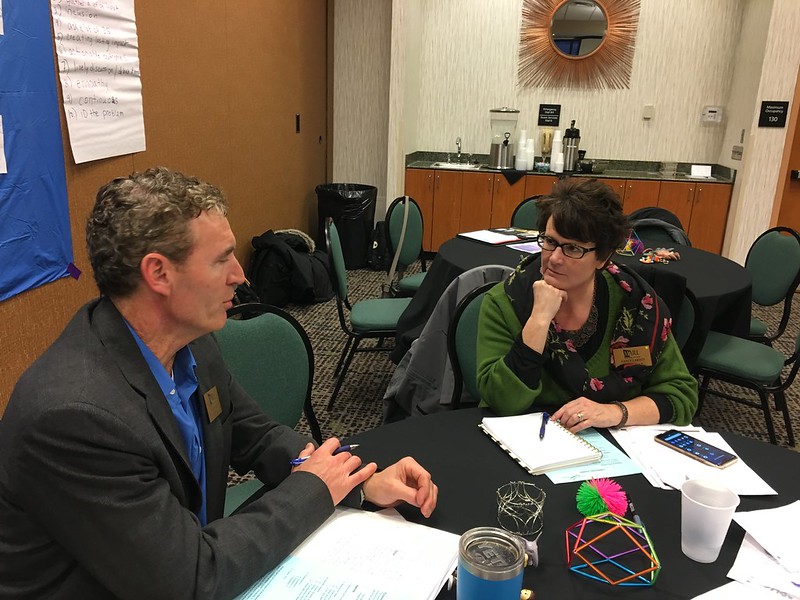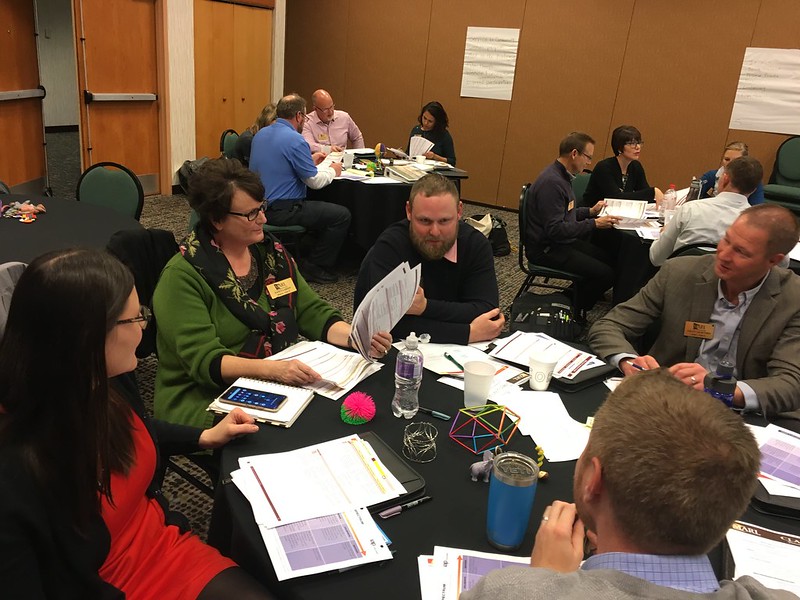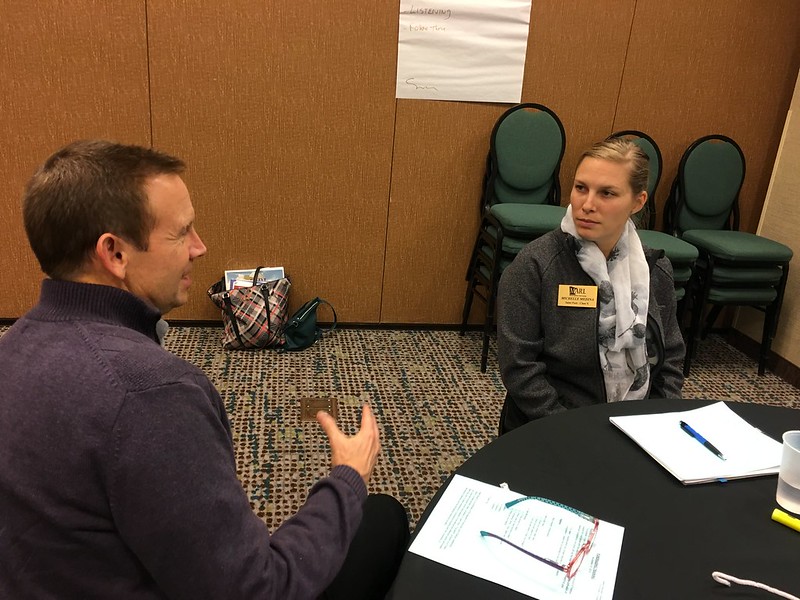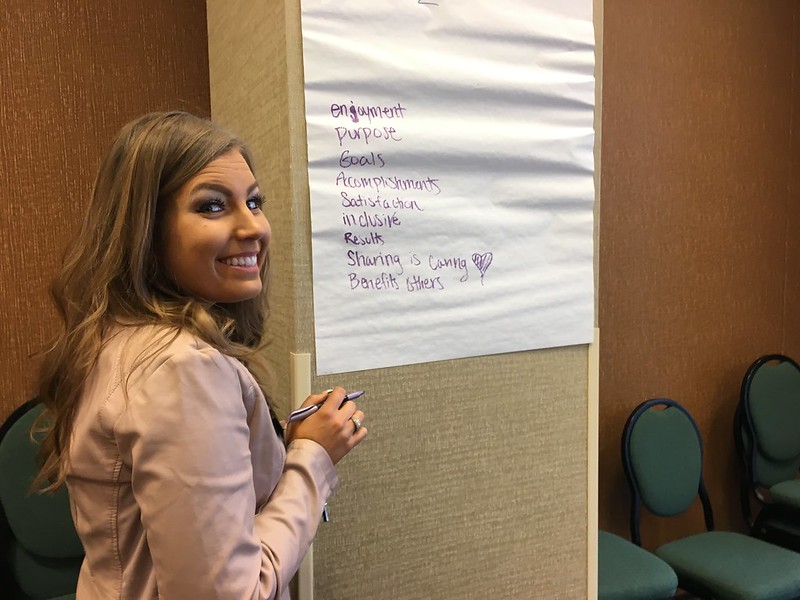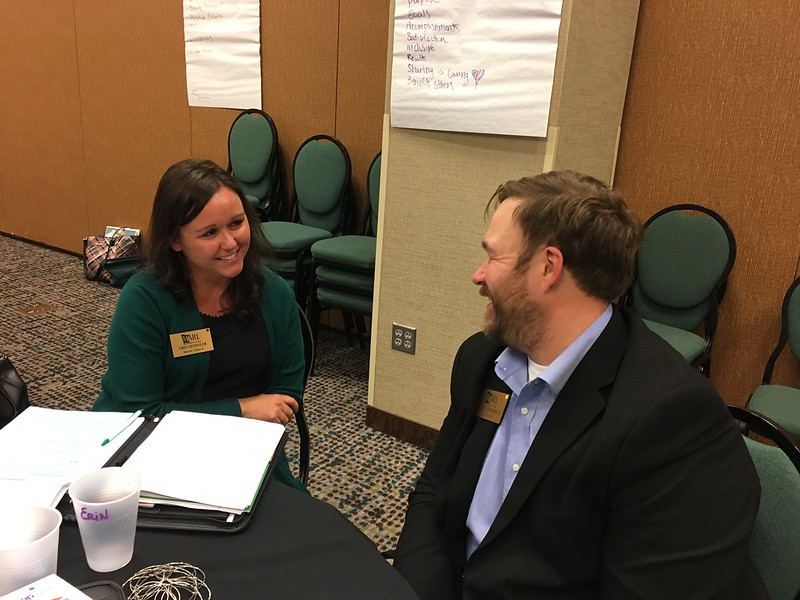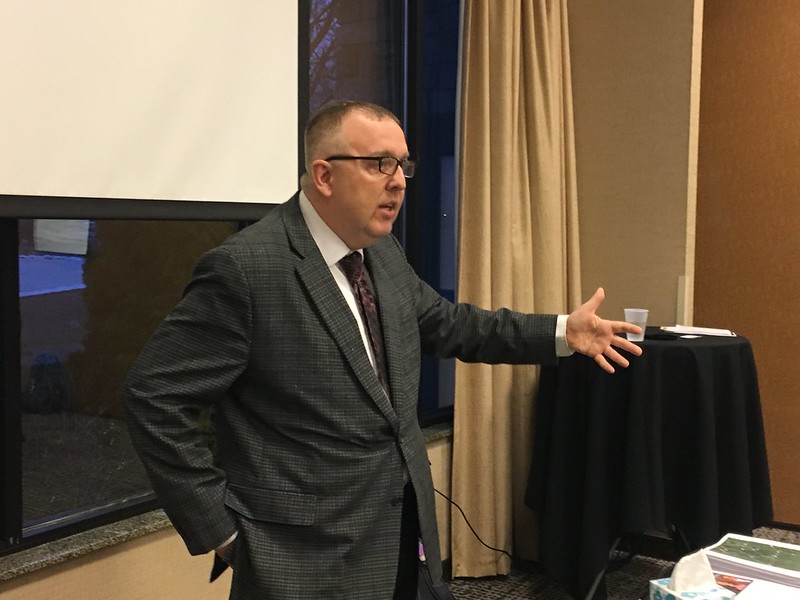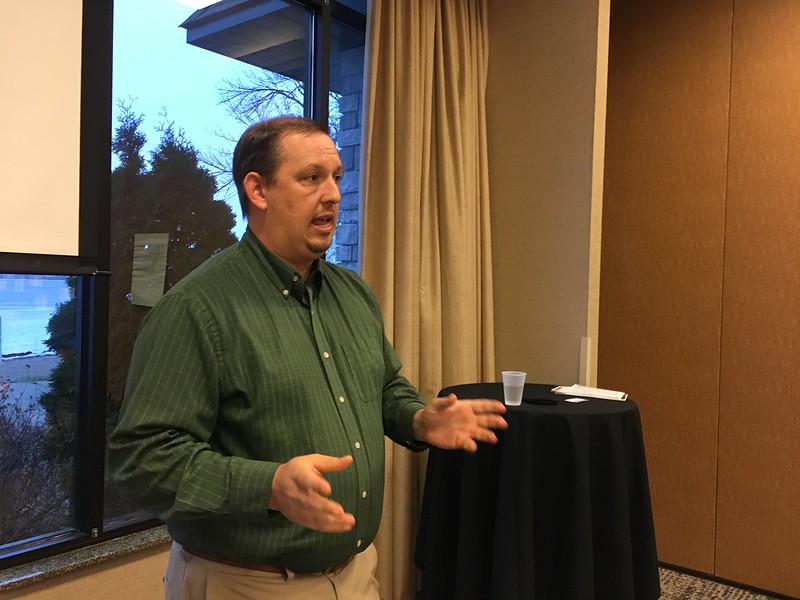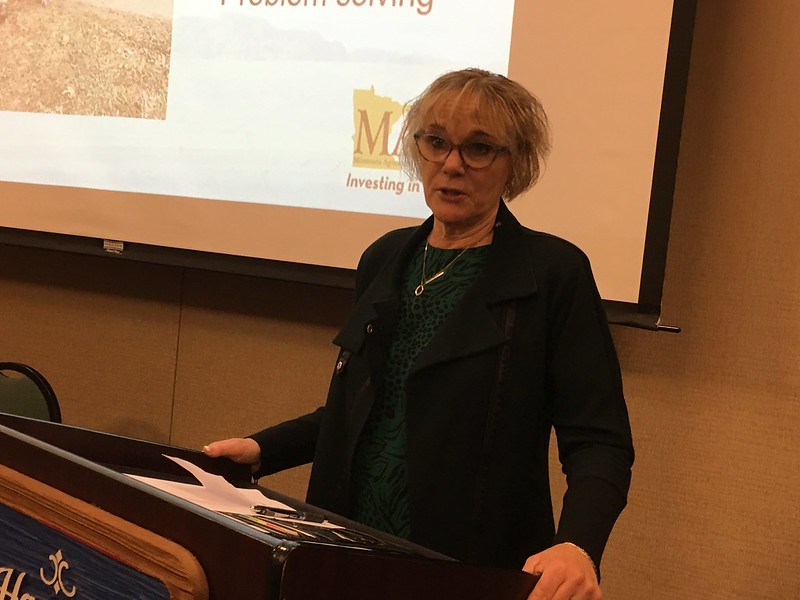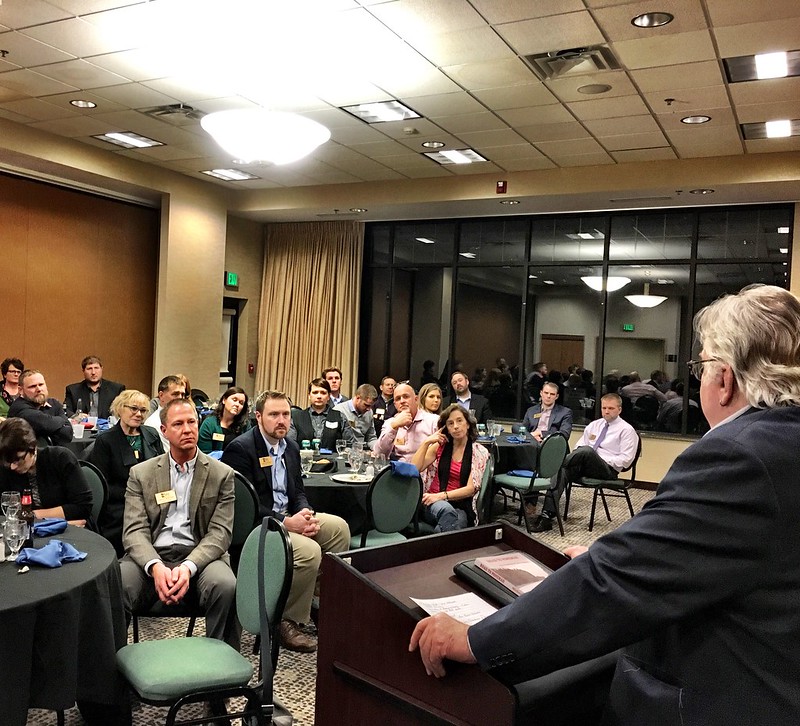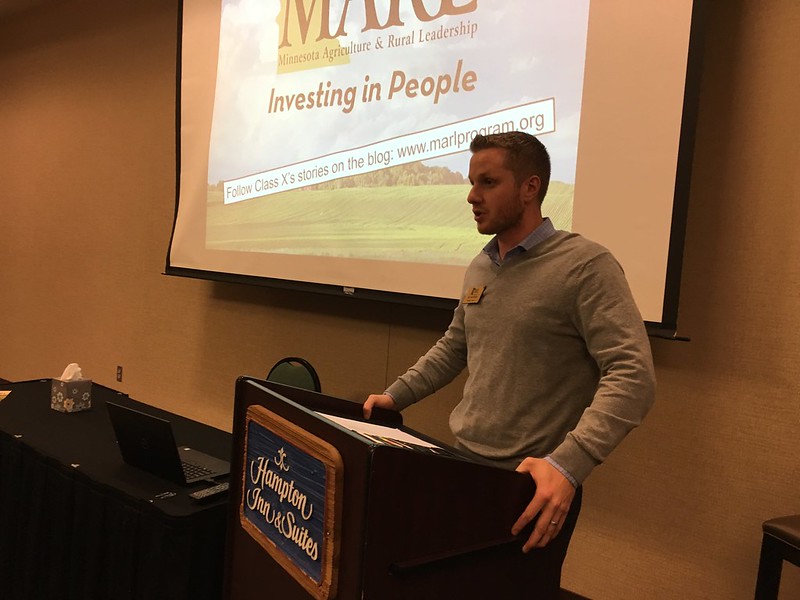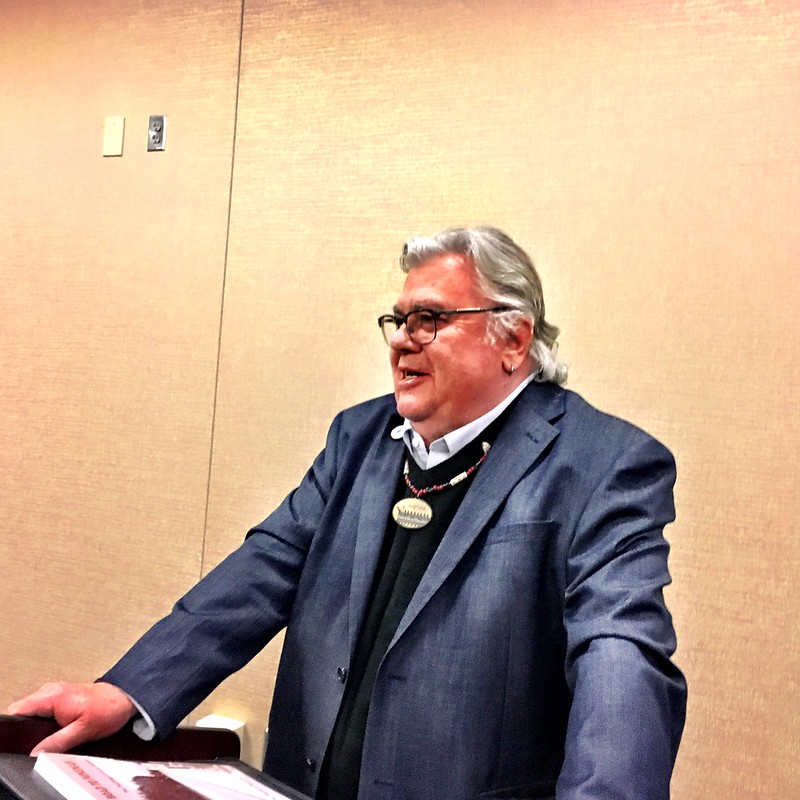When we started on our MARL journey in Willmar back in November 2018, I’m not sure any of us knew how much we would grow in our first year. But, we all have and our second year of MARL will be no different. For our first tour of Season 2, we awoke to snow covered roads on our way to all of the locations on our agenda for the day.
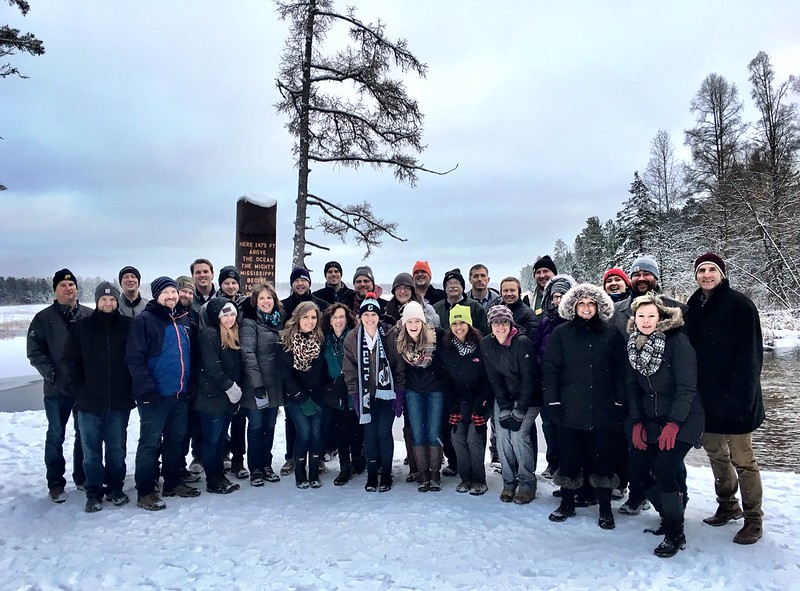
We were met on the bus by Lynn Tchida and Nicolette Slagle who would be our guides for the day. Lynn, who is a Ph.D. candidate at the University of Arizona, lived at Red Lake in her teenage years. She challenged us to be comfortable with being uncomfortable as throughout the day we would be wrestling with the sights, sounds and our feelings.
Nicolette works for Honor the Earth, a group who uses music, arts, media and Indigenous wisdom to create awareness and support for Native environmental issues and to develop needed financial and political resources for the survival of sustainable Native communities (http://www.honorearth.org/about).
Nicolette and Lynn provided some background on challenges in Native communities that would affect us in Agriculture. For example, 45% live under the poverty level; 25% are enrolled in SNAP; 1 in 6 have diabetes. Land is key to economic development, and it was also fascinating to note that 35% of land in the United States is still owned by Native Americans.
One of the themes of the morning was what groups and individuals were doing to be sustainable stewards of the land. We were told the 7 Fires Prophecy where at the time of the 7th fire there will be two paths – one is well worn but scorched; and the other is new and green and will lead to the lighting of the 8th fire. Our first stop was a project they are partnering with, Akiing 8th Fire Solar Project and Facility.
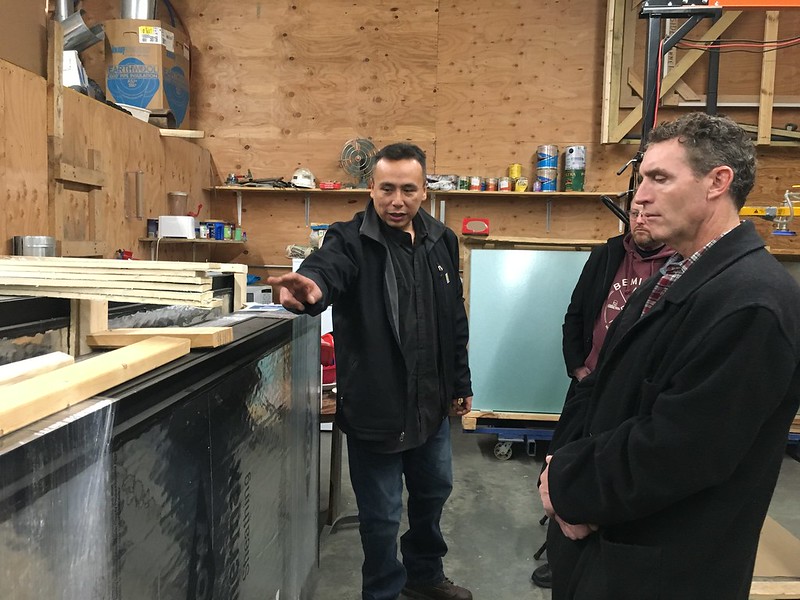
We met with Ronnie, John and Pam, who described their operation and what they hope to accomplish. At the facility, Ronnie builds solar air heating panels.
We then visited the Honor the Earth shop, where they screen print their own designs on products they use to create awareness and support for Native issues.
Next up was Winona’s Hemp and Heritage Farm and the Anishinaabe Agriculture Institute where they are working on Hemp production for fiber. On the Hemp farm, Ronnie discussed the production of hemp and the retting process where they separate the fibers from the stalk.
On our way to our next location, Lynn discussed community mapping which is telling a story about a community. It allows community leaders to learn about services and resources available as well as history of that community. Lynn shared an example of mapping the Pascua Yaqui story, which included places of learning, parks and painting of historical events.
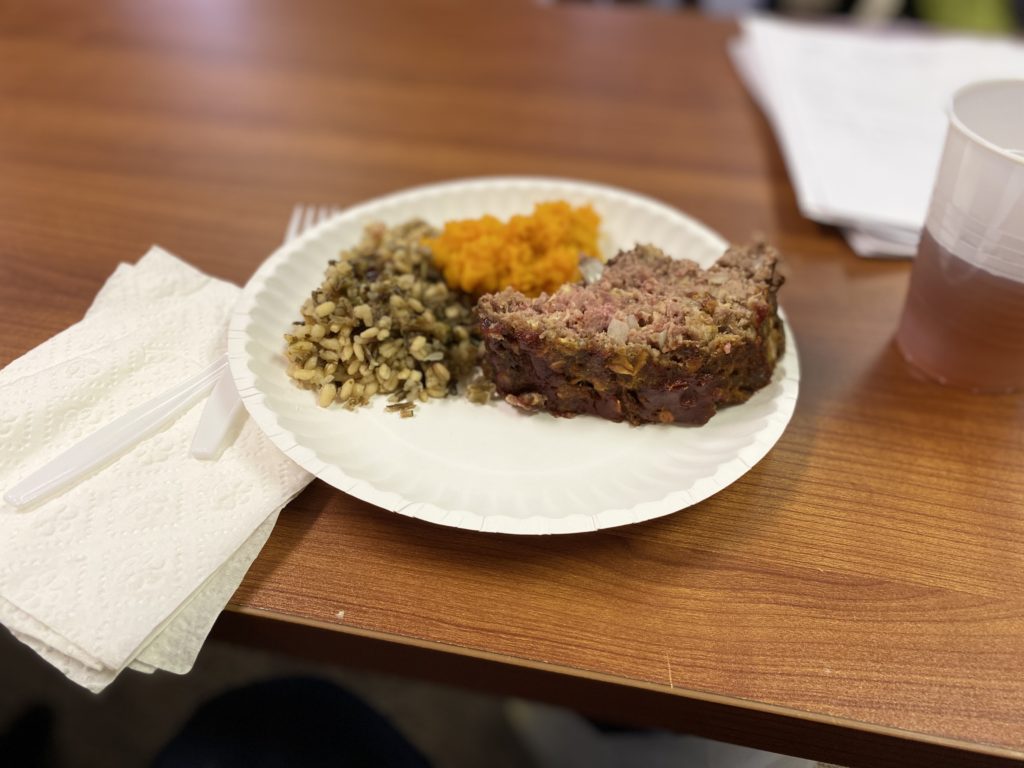
We arrived at the White Earth Land Recovery Project (WELRP), where we had lunch prepared by Janet from Native Harvest. We had Bison meatloaf, Wild Rice pilaf and squash with Sumac tea to drink. Our meal was actually an example of one of the meal kits that WELRP was preparing for White Earth members. After lunch, we visited with Zachary Paige who is the Food Sovereignty Specialist. Zach discussed the Indigenous meal kits initiative, food access and the mobile market they are setting up. We also visited with Joe LaGarde about Wild Rice, or Manoomin. Joe also provided some background on land ownership in the White Earth community.
As we got back on the bus to head to Itasca State Park, each one of us reflected on what we had seen, heard and experienced to that point.
We were met at Itasca State Park by Connie Cox, a naturalist with the park and a great friend of MARL. Her husband, Bruce, is an alum of MARL from Class II. Immediately upon meeting Connie you can sense a passion for the park and a passion for leadership and we all knew we were in for something special with this visit. Connie told us of the history of the Mississippi River headwaters as it impacted the creation of the United States and the history of the park. Then we hiked over to the headwaters across the fresh snow. Once we arrived, we were greeted by a pair of Beavers who were busy working and had no time for us. Having grown up 15 miles from the Mississippi River, it was impactful to see the humble beginnings of one of the world’s great rivers.
To finish up the day, we went back to the Jacob V Brower visitor center to reflect on the day. Many of us are planning on returning to the park. On our drive back to Bemidji, we couldn’t help but be happily exhausted and extremely thankful that we had Phil, our bus driver, to safely get us back.
Submitted by Curtis Mahnken
